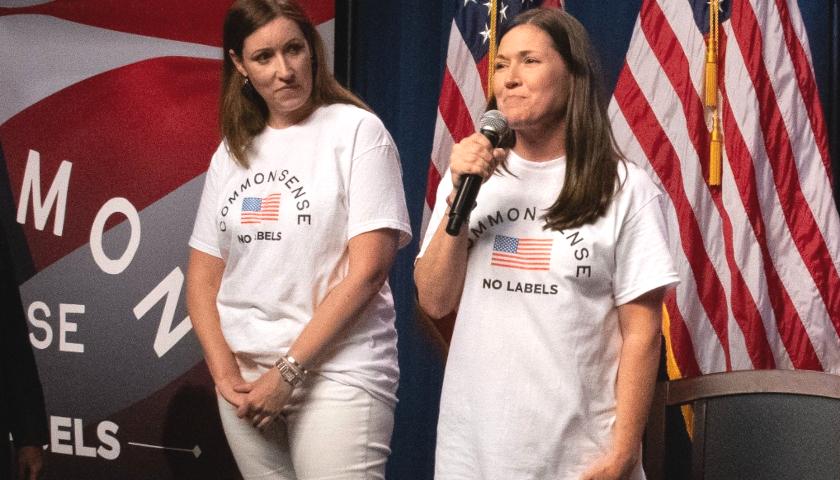by T.A. DeFeo
The fiscal 2025 budget, which Georgia Gov. Brian Kemp recently signed, includes $9.2 million for the Child and Parent Services Program and pay increases for direct care workers.
According to a national organization of family caregivers, the rate increases lawmakers passed are $6 per hour for direct care workers helping people with intellectual and developmental disabilities and $3 per hour for direct care workers supporting older adults.
Kathy Mendes, policy associate for Caring Across Generations, and Jaimie Worker, the group’s director of public policy, jointly answered questions via email about the rate increase and the Child and Parent Services Program.
Many people may not understand the Child and Parent Services Program. Can you explain more about it?
Child care is one of the biggest expenses that families face. In Georgia, the cost of center-based infant care is more expensive than going to college. The Child and Parent Services Program, also known as CAPS, is a program that provides scholarships that helps working families experiencing economic barriers in Georgia afford high-quality child care.
The program aims to serve 50,000 children annually up to the age of 13 through early learning, after school, and summer programming. Families make their own decisions about what type of care is best for their child based on their needs and program availability. With childcare costs taking up an increasingly large share of families’ income, increased state and federal investment in the program is especially critical in keeping costs lower for families.
How does Georgia’s CAPS funding compare to similar programs in other states?
Research has shown that the state’s contribution toward subsidized child care is on the lower end compared to other states. Federal relief funding helped strengthen CAPS, but that funding will end in September of this year, leaving a $173 million gap for the program. While there are certainly improvements to be made to the program, especially in terms of state investment, it is worth noting the critical investments Georgia has made recently.
In the recently signed 2024-2025 state budget, CAPS received an investment of over $9 million dollars to support increasing reimbursement rates for CAPS providers – less than the $20 million that advocates have called for, but twice the amount proposed in the Governor’s original budget.
What does the $6 per hour rate increase for direct care workers supporting people with intellectual and developmental disabilities and the $3 per hour rate increase for direct care workers supporting older adults mean to Georgia taxpayers, such as those who may not directly use a caregiver?
We all have care in common, and each of us will need or provide care at some point in our lives. Georgia prides itself on being the number one state to do business. Although some Georgians may not employ or rely on a paid caregiver at the moment, most people will experience needing or providing care at home, and the overwhelming majority of people would prefer to stay in their homes and communities while receiving care. But that requires a direct care workforce that is paid family-sustaining wages with strong benefits, which unfortunately is not the current reality.
In 2021, research showed that 47% of the Georgian direct care workforce lived in or near poverty. The lack of good jobs in this sector means that family caregivers must take time out of the paid workforce or leave the workforce entirely in order to provide care for their family members. In short, care work makes all other work possible, and supporting good jobs for care workers benefits everyone.
– – –
T.A. DeFeo is a contributor for The Center Square.
Photo “In Home Care” by Myfuture.com CC BY-ND 2.0.





